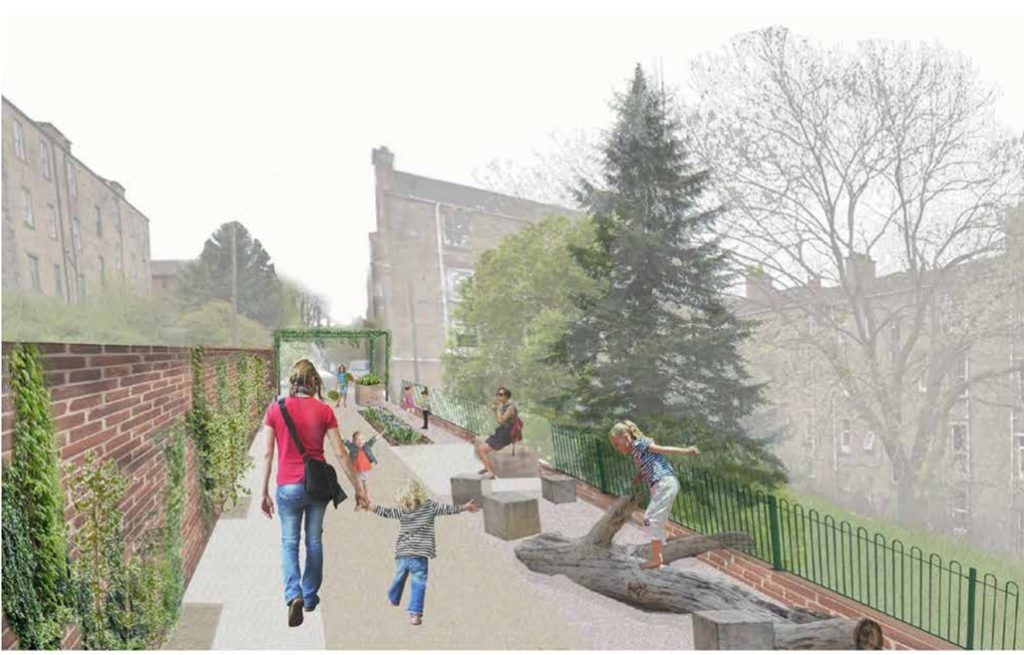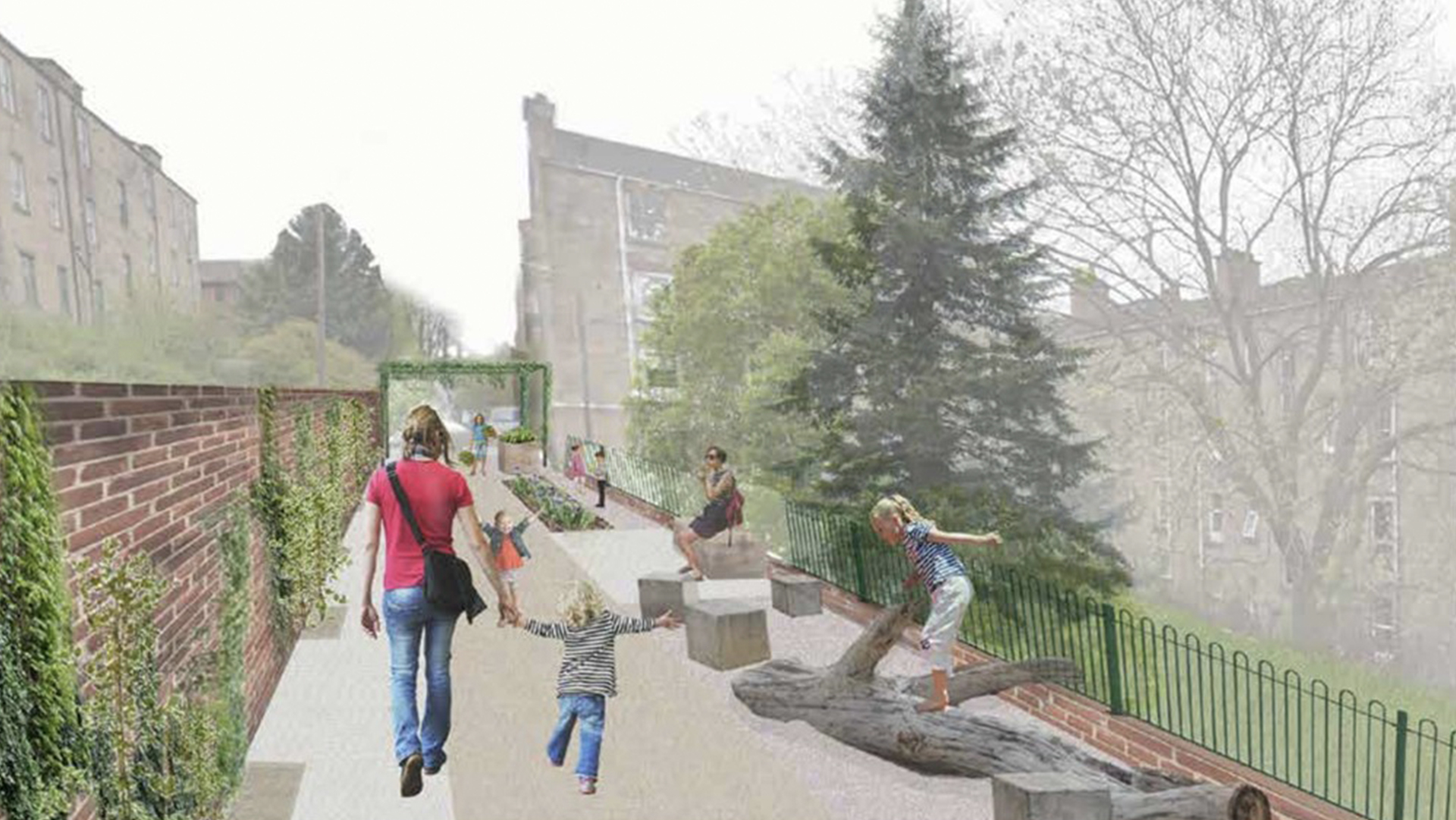

Glasgow City Centre Lanes
The gridiron Glasgow City Centre street plan consists of the primary streets with secondary, intermediate, narrower service 'lanes'. Glasgow City Council considered the re-activation of the city centre's 'lanes' to be a crucial part of achieving the objectives of the 'Glasgow City Centre Strategy and Action Plan 2014 - 2019', and beyond.
Client: Glasgow City Council
Architect:

Glasgow City Centre Lanes
The gridiron Glasgow City Centre street plan consists of the primary streets with secondary, intermediate, narrower service 'lanes'. Glasgow City Council considered the re-activation of the city centre's 'lanes' to be a crucial part of achieving the objectives of the 'Glasgow City Centre Strategy and Action Plan 2014 - 2019', and beyond.
There are around 90 lanes in the City Centre Strategy area totalling approximately six miles in length (9.8 km). However, many lanes suffer from negative characteristics including anti-social behaviour, poor physical environments, parking and accessibility issues, poor drainage and surface finishes, inadequate lighting and the dominance of paraphernalia associated with refuse disposal.
Woolgar Hunter are providing civil engineering advice as part of an urban design consultant team, led by ERZ, to identify and develop fully costed proposals to enhance and re-activate each of the key lanes identified. The team adopted a staged approach to the project, starting with initial stakeholder (owners, occupiers and communities) engagement to establish key issues / drivers, ascertain willingness to financial commitment, and develop an initial design brief. We subsequently developed costed proposals for each of the lanes, which included bringing the lighting levels and road surface up to a standard from which Glasgow City Council can adopt them.
In our role as Civil and Structural Engineering advisors, Woolgar Hunter has undertaken initial site inspections of each of the lanes and identified key engineering issues and opportunities for further consideration. In particular, we explored the potential for incorporating blue-green infrastructure to contribute to surface water management; opportunities for surfacing improvements to improve active travel, safety and amenity; and potential for introducing vehicle access / parking controls.
There are around 90 lanes in the City Centre Strategy area totalling approximately six miles in length (9.8 km). However, many lanes suffer from negative characteristics including anti-social behaviour, poor physical environments, parking and accessibility issues, poor drainage and surface finishes, inadequate lighting and the dominance of paraphernalia associated with refuse disposal.
Woolgar Hunter are providing civil engineering advice as part of an urban design consultant team, led by ERZ, to identify and develop fully costed proposals to enhance and re-activate each of the key lanes identified. The team adopted a staged approach to the project, starting with initial stakeholder (owners, occupiers and communities) engagement to establish key issues / drivers, ascertain willingness to financial commitment, and develop an initial design brief. We subsequently developed costed proposals for each of the lanes, which included bringing the lighting levels and road surface up to a standard from which Glasgow City Council can adopt them.
In our role as Civil and Structural Engineering advisors, Woolgar Hunter has undertaken initial site inspections of each of the lanes and identified key engineering issues and opportunities for further consideration. In particular, we explored the potential for incorporating blue-green infrastructure to contribute to surface water management; opportunities for surfacing improvements to improve active travel, safety and amenity; and potential for introducing vehicle access / parking controls.
Client: Glasgow City Council
Architect:

